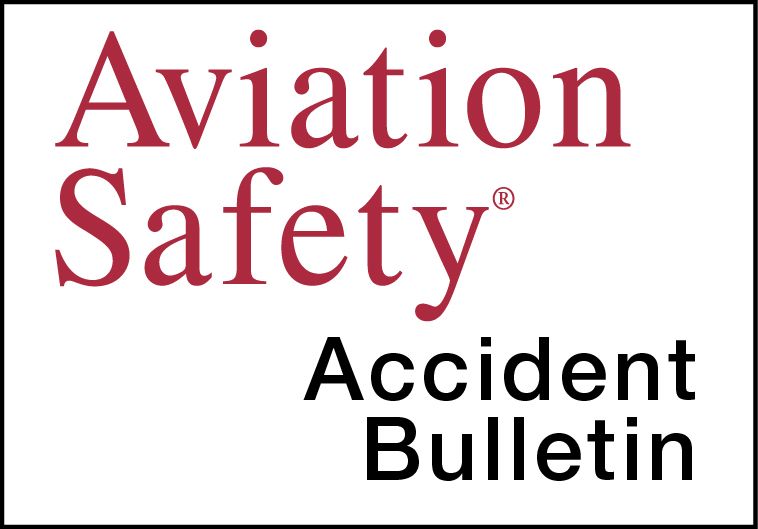AVweb’s General Aviation Accident Bulletin is taken from the pages of our sister publication, Aviation Safety magazine. All the reports listed here are preliminary and include only initial factual findings about crashes. You can learn more about the final probable cause on the NTSB’s website at www.ntsb.gov. Final reports appear about a year after the accident, although some take longer. Find out more about Aviation Safety at www.aviationsafetymagazine.com.
May 1, 2022, Huntsville, Ala.
Van’s RV-7A Experimental
At about 1705 Central time, the airplane was substantially damaged when it collided with terrain short of the intended runway. The pilot was seriously injured. Visual conditions prevailed.
The airplane departed Dallas, Texas, at 1328 and climbed to about 10,500 feet MSL on an easterly course. Two hours and 48 minutes later, altitude, heading and groundspeed began large deviations. The airplane circled right and left east of Huntsville for about 30 minutes before flying a low approach over Runway 9 at a nearby airport. The airplane then made a left 180-degree turn and flew west about eight miles before turning back and descending again toward the airport. The airplane impacted terrain about 200 yards short of Runway 9 and came to rest inverted.
May 1, 2022, Toms River, N.J.
Cessna 172N Skyhawk
The airplane was substantially damaged at 1820 Eastern time when it collided with terrain after an engine failure. The flight instructor and student pilot had no injuries. Visual conditions prevailed.
During approach and landing practice, the student applied full power for a go-around, but the engine did not respond. The flight instructor took control and tried to land on a runway, but the airplane settled onto a grassy area, collided with a fence and came to rest inverted. Both pilots egressed the airplane. Examination revealed the outer right wing was bent down 90 degrees.
May 2, 2022, Connellsville, Penn.
Cessna 414
At about 1550 Eastern time, the airplane was substantially damaged when it departed the end of the runway during an aborted takeoff. The commercial pilot sustained minor injuries; the passenger was seriously injured. The flight was operated as a post-maintenance test flight. Visual conditions prevailed.
The pilot, who was also a mechanic, reported he had uninstalled and reinstalled the autopilot mode control unit due to a discrepancy; the flight was to evaluate the autopilot’s performance. When the airplane reached liftoff speed, the flight controls would not move, even with both hands on the yoke. The pilot pulled both throttles to idle and applied maximum braking but the airplane rolled off the runway and down a ravine before colliding with trees and terrain.
Examination revealed an avionics mounting rack was conflicting with the elevator bellcrank. There was no evidence that supporting straps were installed to hold the rear portion of the avionics rack level.
May 2, 2022, Seneca, S.C.
Grumman American AA-1C T-Cat/Lynx
The airplane was substantially damaged at about 1800 Eastern time when it lost all engine power shortly after takeoff. The pilot sustained serious injuries. Visual conditions prevailed for the first flight after the airplane’s annual inspection and installation of two magnetos.
The pilot later reported the airplane had “plenty of fuel” and the run-up was normal. Shortly after takeoff from Runway 23, the engine lost all power. The pilot’s next recollection was waking up in the hospital.
The airplane impacted a wooded residential area about ¼ mile from the departure end of the runway. A witness reported the airplane “was low” and the engine stopped suddenly with “no backfire.” First responders reported an odor of fuel at the accident site. Examination revealed the fuel selector did not display a detent or “click” when positioned to the left fuel tank. The selector’s position before the accident could not be determined. Both magnetos produced spark on all towers, and magneto-to-engine timings were within specifications.
This article originally appeared in the August 2022 issue of Aviation Safety magazine.
For more great content like this, subscribe to Aviation Safety!


































